THE PERFECT PAIRING: CHEESE AND WINE PAIRING GUIDE MADE EASY
Cheese and wine pairing is not as hard as it may seem. Once you get to know the flavor profiles of wine and cheese, you’ll be a pro at pairing them!
Pairing cheese and wine may not be as difficult as it appears. Familiarize yourself with the taste characteristics of both wine and cheese, and you’ll effortlessly excel in pairing them together!
Pairing wine and cheese can be a delightful experience. Understanding the flavor profiles of each will make it easier for you to create harmonious combinations. With a little knowledge, you’ll be able to impress your guests with perfectly paired cheese and wine selections. Experimenting with different combinations will unlock a whole new world of taste sensations for you to enjoy. Remember, practice makes perfect when it comes to mastering the art of cheese and wine pairing.
Disclosure: This post may contain affiliate links, meaning I get a commission if you decide to make a purchase through my links, at no cost to you.
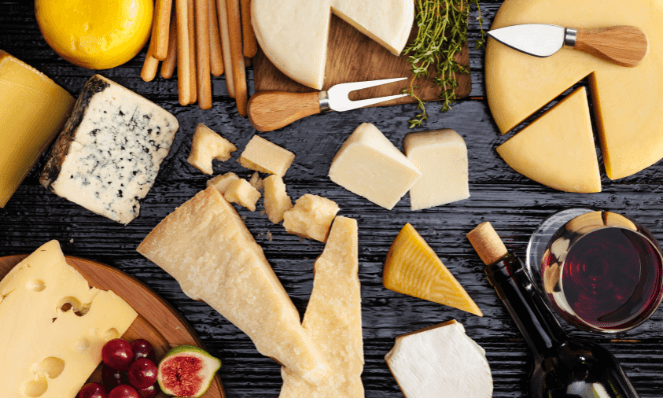
Cheese boards are a fantastic way to entertain and treat our guests. The artful arrangement of a charcuterie board, featuring an assortment of sharp, mild, and aged cheeses alongside fruits, meats, jams, and nuts, creates an elegant display. The combination of flavors, spanning from nutty and salty to sweet and crisp or briny, is what really brings a cheese board to life!
We love using cheese boards for hosting, and sharing food is a wonderful way to build and foster community. A beautifully arranged charcuterie board, complete with a variety of sharp, mild, and aged cheeses, fruits, meats, jams, and nuts, exudes an air of elegance. The combination of flavors, ranging from nutty and salty to sweet and crisp or briny, truly brings a cheese board to life!
Pairing wine and cheese can be daunting if you’re new at it, that’s why I’ve created this guide to help you entertain like never before.
Table of Contents
Wine and Cheese Pairings Recommendations
Côtes du Rhône and Manchego.
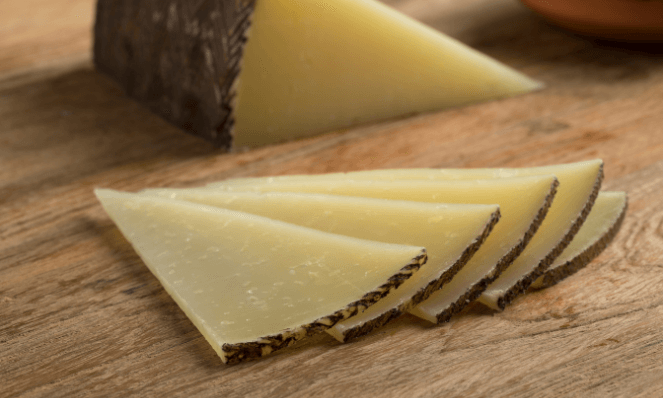
Côtes du Rhône is a rich wine that combines the flavors of currant and spice, perfectly complementing the indulgent richness of Manchego cheese. Manchego, a delectable sheep’s milk cheese, boasts a creamy, nutty, and subtly sweet taste. Pro Tip: Pair a glass of Côtes du Rhône and Manchego with a fig jam ~ it is absolutely delightful!
Chianti and Parmigiano-Reggiano
Chianti exhibits a balanced acidity and medium body, showcasing notes of cherries and earth. Its fruity nature harmonizes splendidly with the flavors of Parmigiano-Reggiano, a matured cow’s milk cheese characterized by a multifaceted, fragrantly fruity, and savory taste.
Malbec / Shiraz and Edam or Gouda.
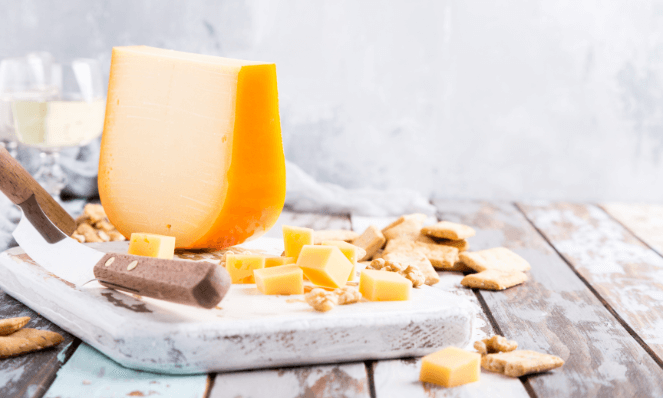
Malbec displays flavors of blackberry, plum, and cherry, occasionally accompanied by hints of chocolate and leather. Its rich and fruity finish complements the sweet and velvety flavors found in Edam and Gouda cheeses.
Edam is a type of cheese that has a slightly soft texture and a taste that is sweet, mild, and reminiscent of milk. Gouda, on the other hand, can be classified as a hard cheese that varies in firmness depending on its aging process. It possesses a rich, smooth, and pleasantly complex flavor. While cow’s milk is the usual choice for making Gouda, it can also be crafted using goat’s milk.
Malbec pairs well with Edam and Gouda cheeses.
Merlot and Camembert
Merlot has fruity flavors of black cherry, plum, and raspberry with some herbal notes, which bring out the nuance in flavor of the camembert.
Camembert, a creamy white cheese with a bloomy rind and, possesses a velvety exterior and emits a delicate aroma of ripe fruit and subtle earthy notes. Merlot perfectly complements the fruity and herbal flavors of camembert cheese.
Pinot Noir / Beaujolais and Gruyère, Harvarti, and Comte
Pinot Noir is known for its complex flavors of mushroom, vanilla, spices, cherry, and raspberry. It pairs well with cheeses that have sweet and nutty undertones, such as Gruyère, Havarti, and Comté. Gruyère is a hard cow’s milk cheese with a nutty flavor and slightly sweet taste, accompanied by musty notes. Havarti is a smooth, semi-soft cow’s milk cheese with a balanced blend of sweet and acidic notes. Comté, on the other hand, is a hard cow’s milk cheese that offers a combination of sweetness, saltiness, and a tangy profile with fruity and nutty undertones.
Tempranillo / Syrah and Manchego or Cheddar
Tempranillo features flavors reminiscent of leather and cherries, while Syrah is a robust wine displaying hints of sweet blueberry and a touch of pepper. Both wines complement manchego or cheddar cheese, known for their luscious, fruity, nutty profile.
Cabernet Sauvignon and Cheddar or Gouda
Cabernet Sauvignon is a bold wine that’s packed with the rich taste of dark fruits such as blackberry and black cherry, complemented by hints of spices, vanilla, and black pepper. It’s the perfect match for the delightful combination of cheddar and gouda, creating a delectable cheese and wine pairing experience.
Sauvignon blanc and Gruyere or Mozarella Di Bufula
Sauvignon Blanc is a white wine with flavors of peach, passion fruit, lime, and green apple. It brings out the sweetness in gruyere and the freshness of Mozzarella Di Bufula.
Gruyere is a hard cheese with a nutty, slightly sweet flavor and musty notes.
Mozzarella Di Bufala is a mozzarella made with buffalo milk. It is a wonderfully soft and mild cheese with a sweet, milky taste.
Chardonnay and Brie
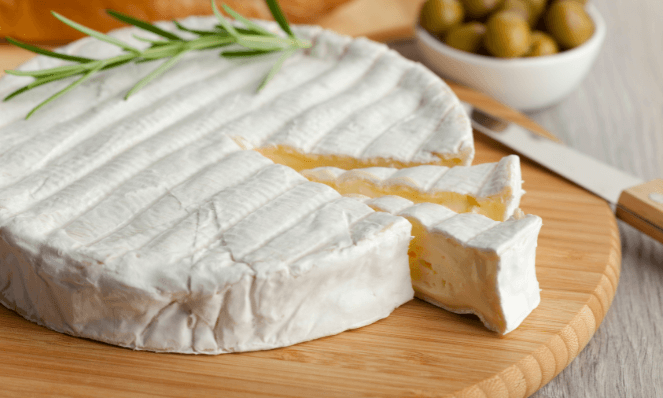
Chardonnay has flavors of ripe peach, sweet pineapple, and butter which is an excellent contrast to the mushroomy, creamy flavor of brie. Brie is a soft cheese with a white, bloomy rind with a milky, sweet taste and mushroomy aroma.
Pinot grigio and Feta or Ricotta
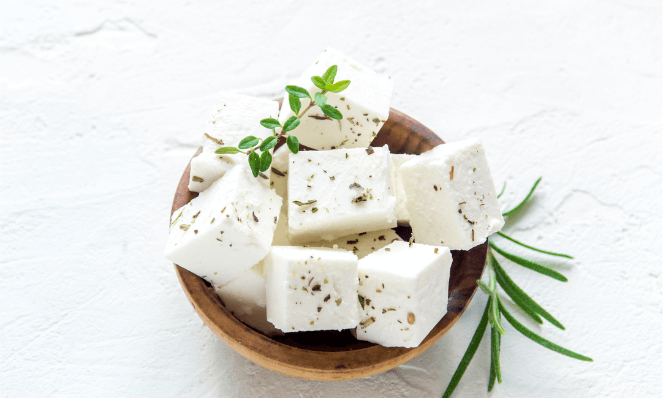
Pinot Grigio is a crisp white wine with flavors of pear, lemon, and white nectarine. This wine pairs perfectly with ricotta and feta and adds a bit of sweetness to the flavor profile.
Feta is a fresh, salty, slightly briny tasting cheese, which is traditionally made from sheep’s milk or a combination of goat and sheep. Ricotta is a mild, fresh cheese with a rich milky taste and hint of lemon.
Dry Rose and Mozarella Di Bufala or Ricotta

Dry rosé has hints of grapefruit, orange, passion fruit, and mango which pairs beautifully with the fresh milky taste of mozzarella di bufala and ricotta.
Prosecco and Gouda
Prosecco is a crisp light-bodied wine with hints of apple, peach, lemon, and pear. Pairing this cheese with Gouda brings out the sweetness in the cheese.
Port and Stilton or Roquefort
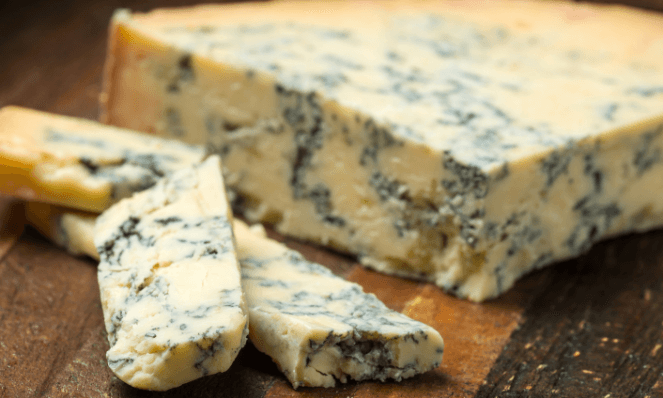
Port is one of the sweet wines with a ripe and musky fruit flavor, often of black berries or raspberries. The sweetness of this dessert wine is a lovely pairing with strong blue cheeses.
Both Stilton and Roquefort are blue cheeses with a bold flavors. Stilton has slightly fruity citrus and mineral notes, while Roquefort has some spicy flavors with a salty tang and sweet notes.
How To Pair Cheese and Beer
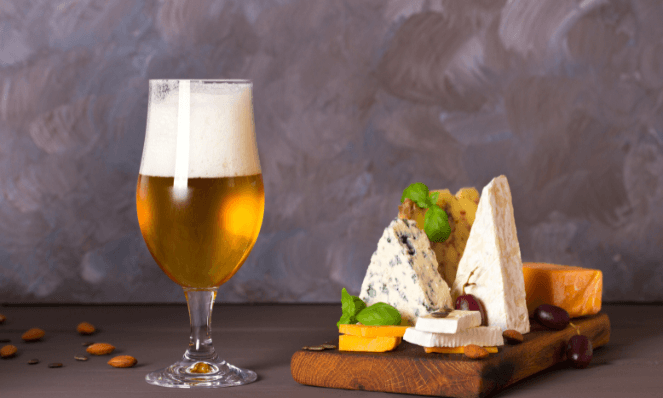
Cheese pairing isn’t just for wine! You can pair cheese with beer too. The complex flavors in great beer make pairing cheese with it quite the gastronomic experience!
Pilsner and Havarti
Pilsners are on the bitter side with floral aroma, an excellent pairing with the sweet acidity of Havarti cheese.
Wheat Beer and Chevre
Wheat beer has a bready and bright flavor, a good pairing with fresh goat cheese.
Chevre is a very soft young goat cheese with a distinctive tang and aroma. It has a tart flavor and can be found in stores plain or as an herb cheese.
Belgian Beer and Stinking Bishop
Belgian Beer tends to have floral aromas and a sweet taste to it which is a great contrast to the Stinking Bishop cheese.
The Stinking Bishop is a washed rind cheese. Washed rind cheeses have a glossy rubbery look to their rinds and a distinctively pungent smell. Their flavor, however, is delicious. Stinking Bishop is a semi-soft cheese that is rich, meaty, and slightly sweet.
Pale Ale and Cheddar
Pale ale is a medium-bodied, golden beer with light citrus and pine flavor which pairs deliciously with the sharp and nutty flavor of cheddar cheese.
IPA and Cheddar or Gorgonzola
IPAs have a strong taste of hops which holds up well against the strong taste of Gorgonzola blue cheese and a sharp or aged cheddar.
Stout and Roquefort or Gouda
Stout beer has a strong flavor that is malty with a little bit of hops. It pairs nicely with the smooth sweetness of gouda or slightly spiciness of Roquefort.
Why Are There Crystals In My Cheese?
You often see white crystals in aged cheeses, for example in an aged gouda. When cheese ages it forms crunchy crystals in it which are either calcium lactate or tyrosine.
These spots are often mistaken for mold, however, neither are harmful and can add a pleasant texture to your cheese experience!
Charcuterie Boards
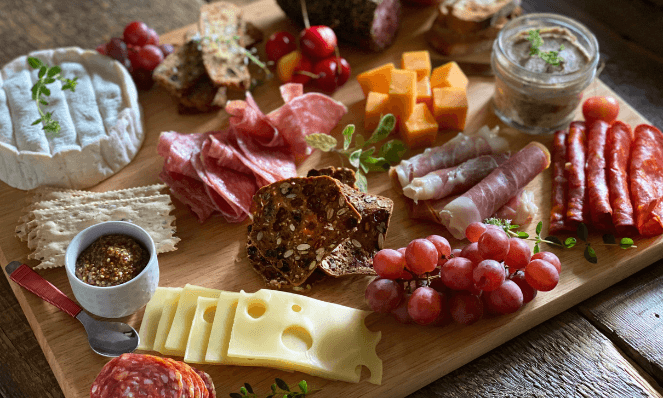
Boards
You can use anything to create a charcuterie board. Use a wood cutting board, a glass platter, a dinner plate, or even an antique plate. Of course, you can invest in a charcuterie board, but I love repurposing items that I already have – especially for a casual, eclectic gathering of friends.
Containers for Nuts, and Other Garnishes
This again is a personal preference. I use small clear ramekins for nuts, fruits, and olives. Crackers, pita chips, and sliced baguettes find a home in a unique bowl, antique candy dish, basket adorned with a whimsical napkin, or even a selection of mismatched tea cups. It’s okay to be whimsical and unique.
Decorate Around Your Board
Again, this is a personal choice. You can anchor your charcuterie board with unique candlesticks (again, you can repurpose things). I love these cute martini glasses that I use as candlesticks in the background of my charcuterie platters.
You can also use flowers (fresh, dried, or silk), or even unusual plant leaves or herbs. Be sure to include small plates and napkins. If it is a small intimate gathering with two or three couples, I’ll often use my antique china. Why? Because my philosophy is if it is hidden away and never used, then why keep it?
**Hint: It’s totally okay to use disposable plates, especially for a large gathering. This makes cleanup a breeze.
Charcuterie Tools
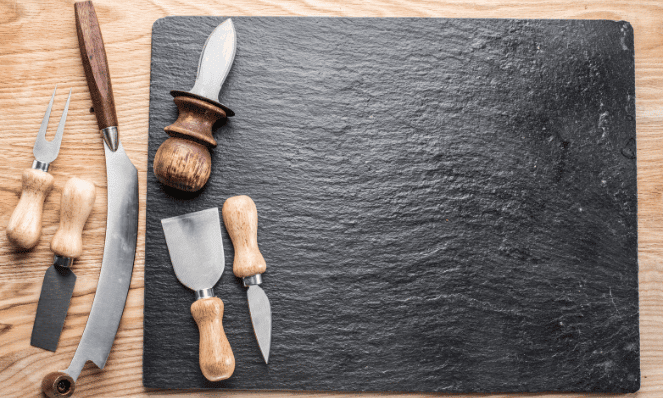
Invest in a set of cheese tools! Cheese knives are one of the best tools you can use. A set of cheese knives is convenient to use. The cheese knives are used for slicing or cutting semi-hard and hard cheeses, the spreading knife is ideal for soft cheeses like a baked brie. The cheese fork is used for spearing a slice of cheese to put on your plate. I also love to include a cheese planer when serving a charcuterie platter. It works well for semi hard to hard cheeses.
Mix your flavors and textures! These four flavors, sweet, spicy, savory, and spicy will create a balance, flavorful, and tasty treat for your guests:
- The sweet side can come from honey, jams, jellies, fruits, and chocolate.
- Use cured meats, prosciutto, pepperoni, capicola, salami, and other cured meats to bring the savory cured flavor.
- Nuts like almonds or cashews provide a salty flavor.
- Mustards can provide a spicy flavor.
**Hint: You should combine at least two of the four flavors on your charcuterie board.
Elevate your board with “meat flowers”. This easy-to-create edible centerpiece takes a small jigger, or for a larger board, a wine glass.
What You’ll Need:
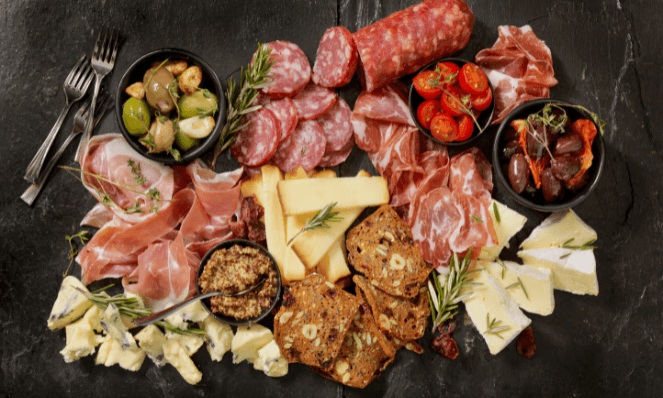
Hard meats (salami or pepperoni)
How To:
Fold the meat around the rim of the jigger or wine glass.
- Continually add layers until it is almost closed
- Determine where on the board you want your centerpiece to be.
- Flip the glass over in the chosen spot, and voilá, you have an edible centerpiece!
Now it’s time to let your creative side run wild! You DON’T have to follow the rules; in fact, it’s way more fun if you don’t. To determine the direction of your board, there are two questions you need to ask yourself.
Putting Your Board Together
Now it’s time to let your creative side run wild! You DON’T have to follow the rules; in fact, it’s way more fun if you don’t. To determine the direction of your board, there are two questions you need to ask yourself:
- The first question is do I want to create an edible centerpiece? If the answer is yes, then grab your board or platter, and determine where you want the centerpiece to go. **Hint: It does not have to go in the very middle! You can place it in a corner, you can offset it…just wherever you think it should be.
- The second thing to ask yourself is “what item will be the STAR OF THE BOARD? There can only be one. I like to make cheese the star of my boards. Why? Because that is what my guests love!
What Meats and Cheeses Should I Include on a Charcuterie Board?
Pepperoni
We love to pick up our pepperoni from the deli section of our grocery store. This pepperoni is sliced in large slices, so it lends itself to being cut into quarters. You can also buy cured pepperoni “logs”, and slice them yourself. Pepperoni is flavorful meat that pairs well with almost any type of cheese.
Chorizo
Chorizo is a bit bold and spicy, so it will pair well with any type of cheese. Again, you can buy cured chorizo, which is perfect for a charcuterie platter.
Italian Salami
This is also a good meat for slicing. It pairs well with almost any type of cheese.
Pepperoni, Chorizo, and Italian salami can be fanned out on your platter or board, fanned out leading the centerpiece, or just randomly stacked. It is up to you!
Prosciutto
Prosciutto is one of the cured meats that does not lend itself to slicing very easily. This is the meat that I just let the prosciutto naturally tear where it will. I don’t try to neatly place it on the platter, but rather just create piles of the prosciutto scattered around the platter.
Once you’ve placed your meats, it’s time to add the cheese!
It’s All About The Cheese
Now that you’ve placed your edible centerpiece, it’s time to design the remainder of your board. Take the cheeses you have chosen for your board, and unwrap them. Visualize what you want your board to look like.
You can combine wedges, chunks, and blocks of cheese to create a whimsical yet elevated board; you can focus on just chunks, just wedges or just blocks, or any combination of the three styles. It is totally up to you.
Wedge, Chunk, or Block?
There is no right or wrong here. It is your choice, based on the time you have to create. You can also use all three types, wedge, chunk, and block together on your board.
Wedge
If you are working against the clock, then large blocks or wedges is simply the easiest. To create a simple wedge, take a block of cheese, like Havarti, or cheddar, and use a paring knife to cut it in half width-wise. Then take one half and cut it in half diagonally. Now you have two small wedges of cheese. Wrap up the remaining block of cheese for use another time.
Chunk
This is the most fun to create. Harder cheeses like cheddar, harvarti, and gouda work well for chunking. You literally just pinch pieces of cheese off.
Block
Take your harder cheeses that come in blocks, and using your paring knife, cut off narrow strips of cheese length-wise. The width of the strips should be 1-3″, and the length determined by your board size.
Time to Garnish
You can garnish it with almost anything. Place fresh fruit on the platter. Olives and nuts should be in small ramekins. Honey, jams, and jellies can be added directly to the platter, or put in ramekins. Again, this is a strictly personal preference.
Voila! Entertaining doesn’t have to be difficult when you can put a gorgeous charcuterie board together in minutes and be an expert on wine and cheese pairing!
Crafting the perfect charcuterie board is all about the right combination of wines, cheeses, and meats. By understanding the flavors and textures that complement each other, you can create a tantalizing spread that will impress your guests. Whether you prefer a bold red wine with aged cheddar or a crisp white wine with creamy brie, there are endless possibilities to explore.
So why wait? Start experimenting with different pairings and let your taste buds embark on a flavorful journey. A fun idea to gather friends together for a home wine tasting. We have several wine shops that we visit fairly frequently. We love to try new wines that they are carrying, or in the case of our local wine bar, we will do a tasting of both red and white wines and usually always walk out with a bottle or two.
Another way to try new wines on a regular basis is to become a member of an online wine club. Some examples are First Leaf, Naked Wine (I am a member of Naked Wine, and I love that they foster independent winemakers. You can order a case, and if you order a wine that you don’t care for, Naked Wine will replace that bottle – no charge.)
Trying new wines, and getting familiar with how to taste the different flavors, is something that is learned over many glasses of wine. We continue to hone our love of wine with wine tastings, and food and wine tours around our own area, and taking food and wine tours when we travel. One of the top food and wine tours we recommend to everyone is in St. Augustine, Florida – The Tasting Tours. This food and wine tour is super fun, and the guides are quite knowledgeable.
Don’t forget to subscribe to our newsletter for more delicious tips and inspiration. Cheers to the art of wine and cheese pairing!
What are you favorite wine and cheese combinations? Let us know in the comments below !
TRY THESE COCKTAILS TO PAIR WITH YOUR CHARCUTERIE BOARD
- 14 Best Things to Do in Wilmington, NC and Where to Stay
- 3 Romantic North Carolina Mountain Getaways
- Romantic Beach Getaways
- Easy Holiday Entertaining Ideas
- Wine and Cheese Pairing
Entertaining Recipes, Drinks and Tips
Everything you need to be the best host or hostess for your guests!


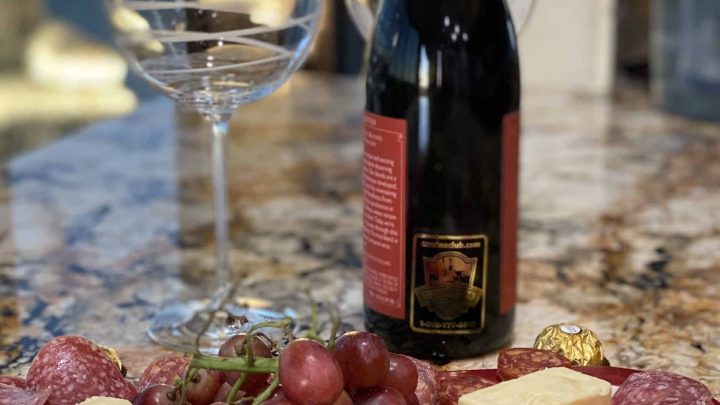
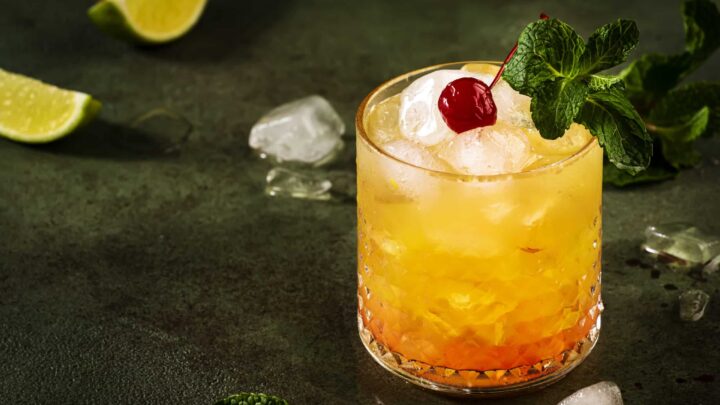
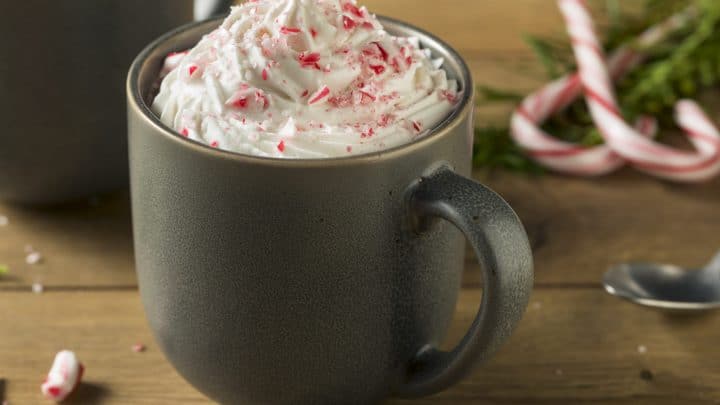
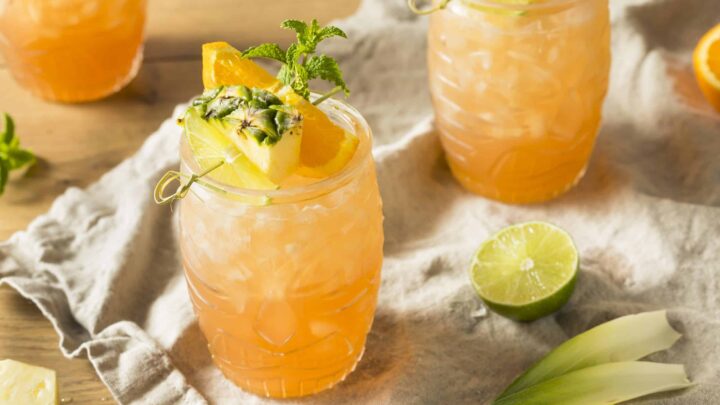
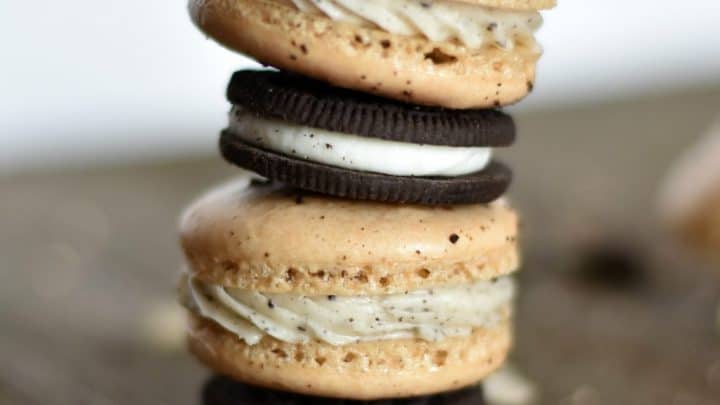

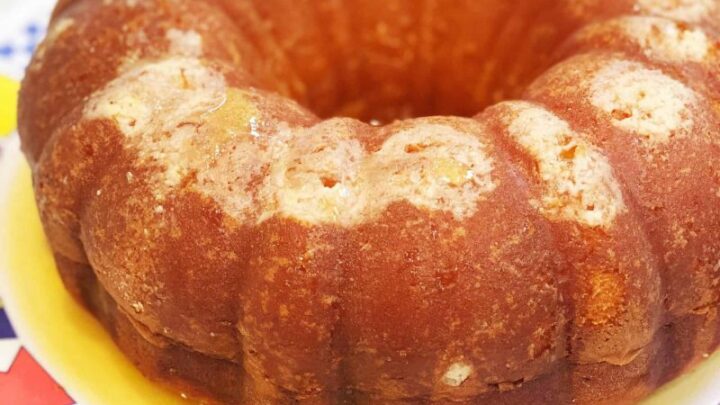
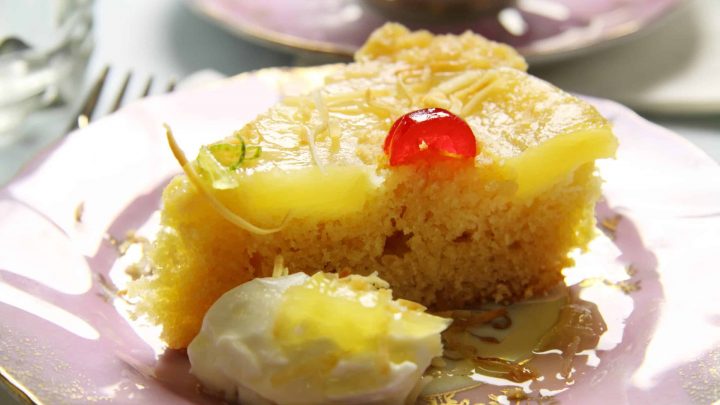




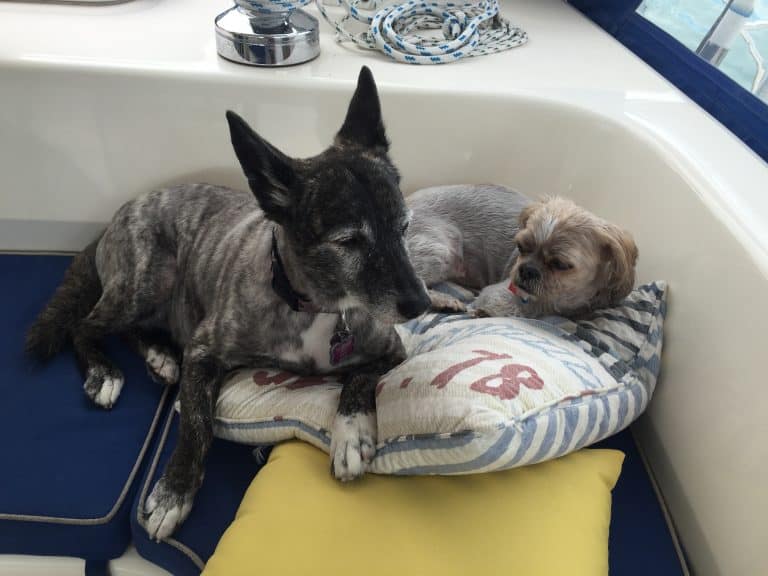
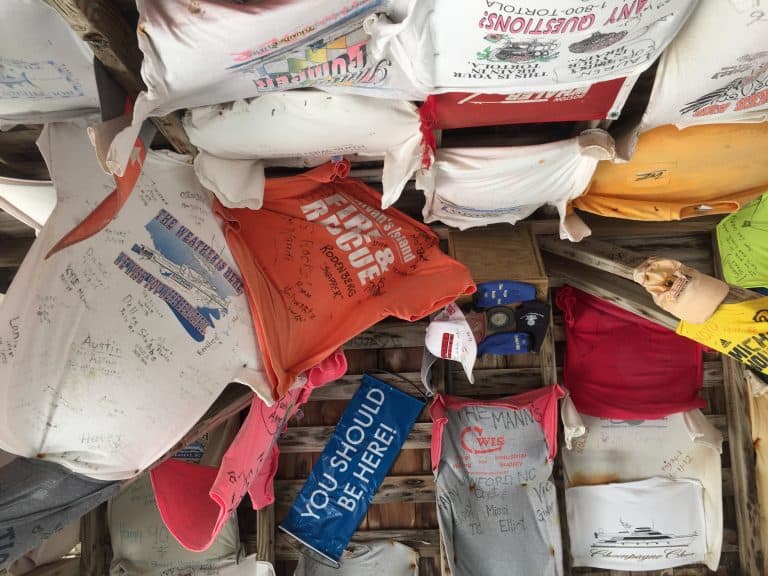
One Comment